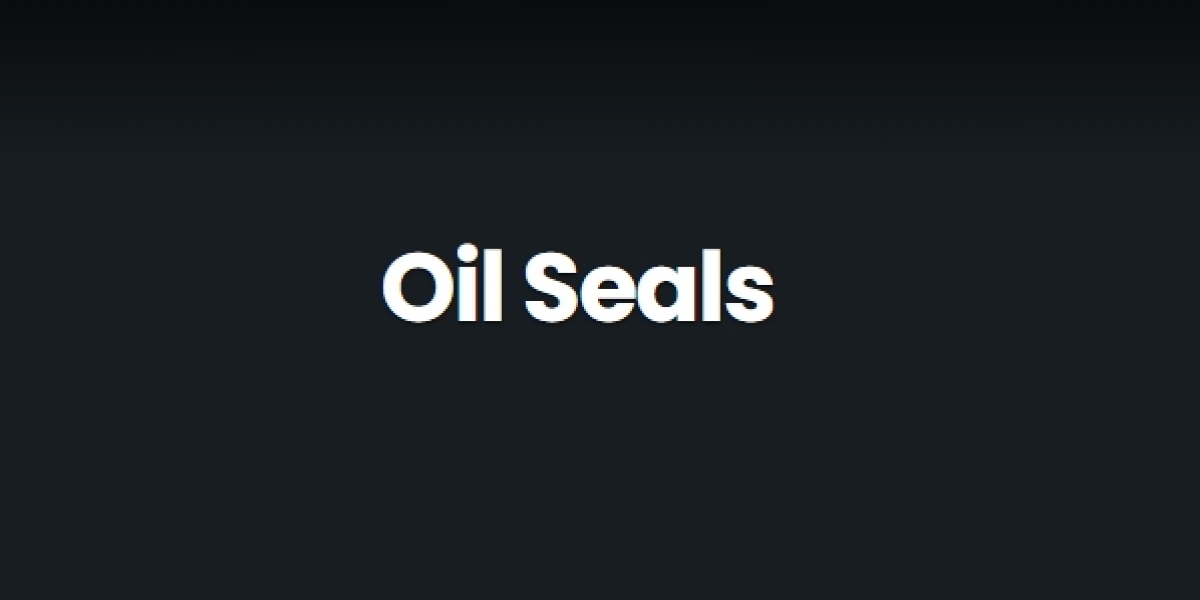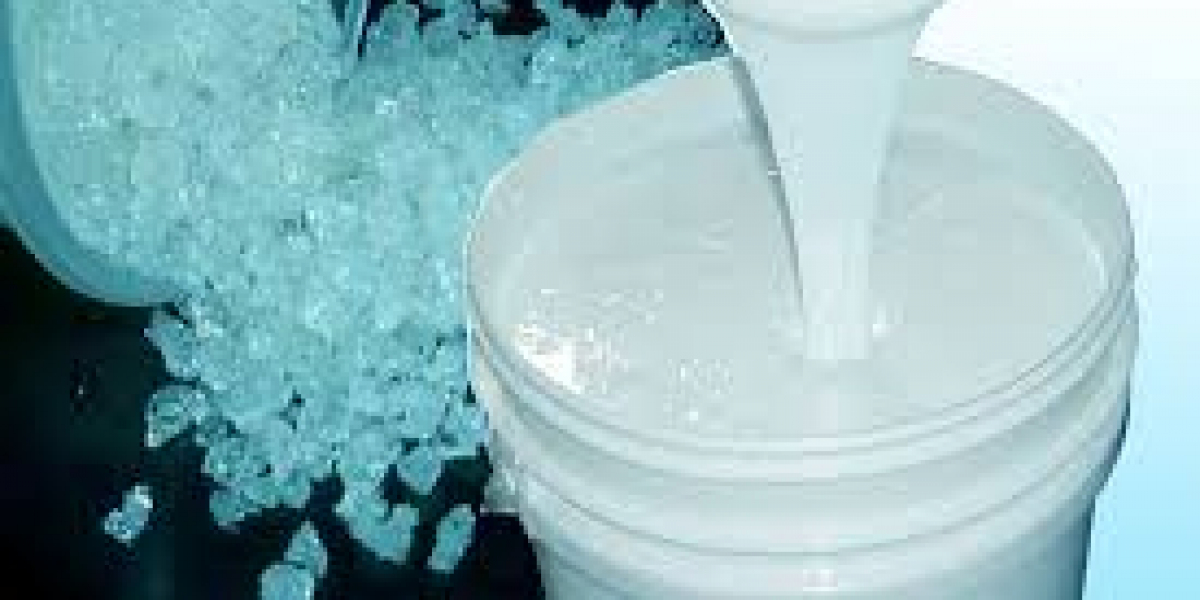In the world of industrial machinery and equipment, the smooth operation of complex systems depends on the integrity of numerous components. One often-overlooked hero in this context is the humble seal kit. Seal kits play a pivotal role in maintaining the functionality and efficiency of industrial systems. In this article, we will explore what seal kits are, how they work, and why they are essential for keeping industrial systems operational.
Understanding Seal Kits
A seal kit is a collection of various sealing components, including gaskets, O-rings, oil seals, and other related materials. These kits are carefully curated to provide essential sealing elements for specific machinery or equipment. Seal kits are designed to prevent leaks, protect components from contamination, and ensure the longevity of critical systems.
The Components of a Seal Kit
Seal kits typically include the following components:
O-Rings: O-rings are circular rubber or elastomeric seals with a round cross-section. They are commonly used to create a tight seal between two mating parts, such as pipes, valves, or hydraulic fittings. O-rings come in various sizes and materials to suit different applications.
Gaskets: Gaskets are flat seals made from materials like rubber, cork, or metal. They are used to seal the gaps between stationary and moving parts, such as engine cylinder heads or pipe flanges. Gaskets prevent the leakage of fluids or gases.
Oil Seals: Oil seals, also known as grease seals or shaft seals, are used to prevent the escape of lubricants and the entry of contaminants into machinery. They are commonly found in engines, gearboxes, and hydraulic systems.
Wear Rings and Guide Rings: These components are used in hydraulic and pneumatic systems to prevent metal-to-metal contact between moving parts. They reduce friction, minimize wear and tear, and maintain system efficiency.
How Seal Kits Work
Seal kits are vital for maintaining the operational integrity of industrial systems. Here's how they work:
Leak Prevention: The primary function of seal kits is to prevent leaks. Whether it's hydraulic fluid, oil, or gas, a well-maintained seal kit ensures that these substances stay where they belong, protecting critical components from damage.
Contamination Control: Seal kits act as a barrier against contaminants such as dirt, dust, and moisture. By keeping these impurities out, they help extend the lifespan of machinery and reduce maintenance costs.
Efficiency Enhancement: In hydraulic and pneumatic systems, wear rings and guide rings included in seal kits reduce friction and improve efficiency. This translates to smoother operation and less energy consumption.
Importance of Regular Maintenance
Industrial systems are subject to harsh conditions and heavy usage, making them susceptible to wear and tear over time. Regular maintenance and the replacement of worn-out seals with seal kits are essential practices. Neglecting maintenance can lead to costly breakdowns, decreased efficiency, and safety hazards.
See more









